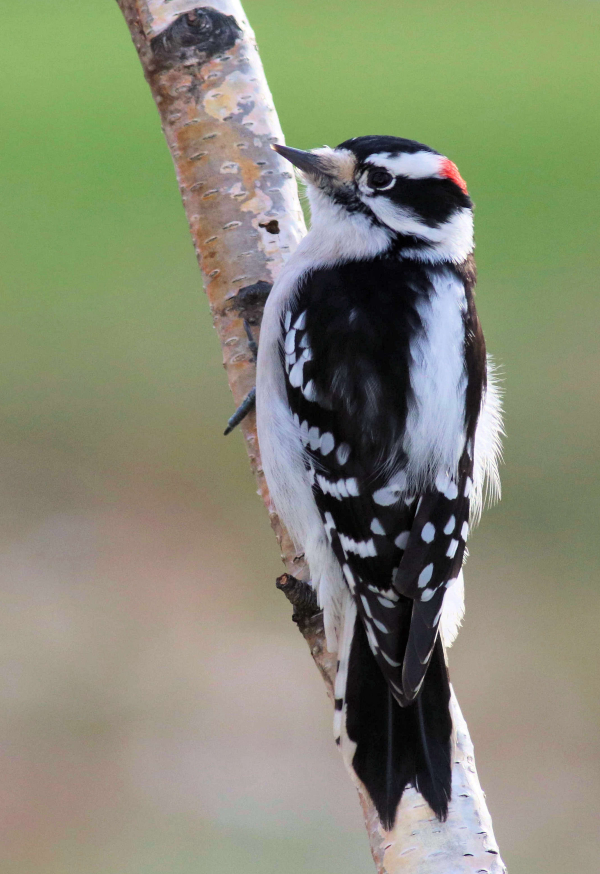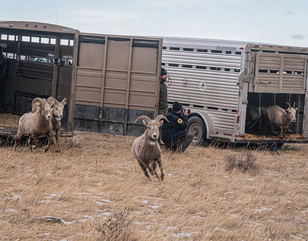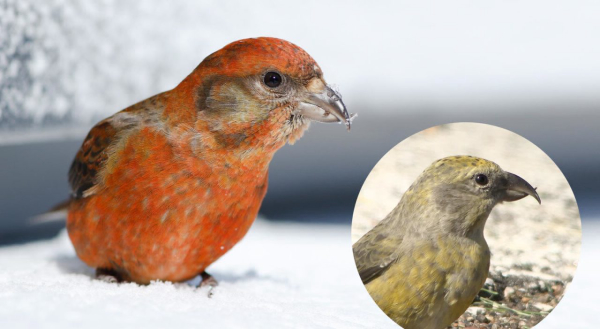Desert Wildlife Study Related to Water
Wildlife managers have long used water, especially in the arid Southwest, as a tool to help support healthy animal populations. What began as a handful of managed water sites for quail and mule deer around 1940 blossomed into some 6,000 sites intended to increase populations and benefit overall health for dozens of mostly game species in 10 western states by the close of the 20th century. Provisional water – contained in troughs, large tires, basins, open tanks and dammed up pools – is now used to support a vast range of wildlife management and species conservation work, from increasing mule deer and other game populations to recovery efforts for endangered Sonoran pronghorn and desert bighorn sheep.
A new study, however, reveals that in some cases, use of the common wildlife management tool can be fine-tuned to optimize benefits for targeted species by reducing risk from predators that are likewise drawn to the same water sources. Published in PLOS One, the Public Library of Science’s peer-reviewed open-access scientific journal, the research represents significant implications for other like-minded wildlife management efforts.
Conducted by biologists from the U.S. Fish and Wildlife Service, the Department of Defense and others, the study examined when endangered desert bighorn sheep, as well as deer, puma and coyote visit managed water sources (drinkers) in three distinct Southwestern desert ecosystems.
“Desert bighorn sheep visit water when it’s hot and dry,” says Fish and Wildlife Service biologist Grant Harris. “Mountain lions visit water year-round. Take home: Provide water only when bighorn sheep are likely to visit, which could reduce mountain lion range expansion and predation on sheep.”
***
For six-and-a-half years, from July 2009 through December 2016, Harris and fellow researchers analyzed imagery from remote cameras set up at 105 drinkers throughout the Chihuahuan, Sonoran and Mojave deserts. By calculating the mean proportion of visits to water catchments per month for each site, the team was able to hone in on exactly when desert bighorn sheep, mule deer, coyote and mountain lions visited the sites.
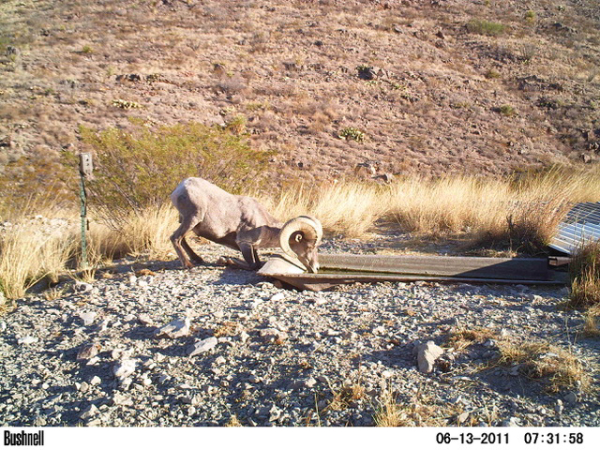
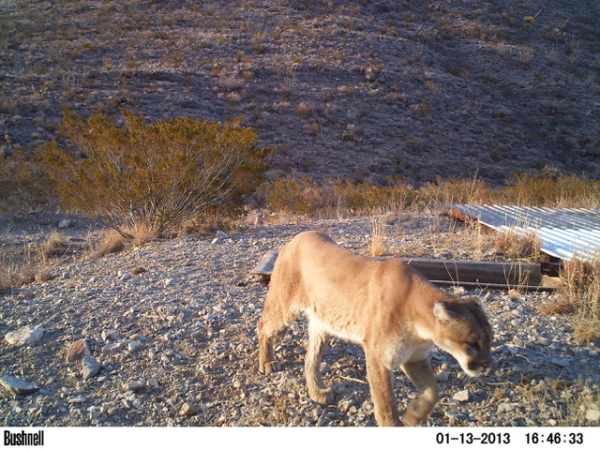
The research revealed that in the Chihuahuan Desert, 70 percent of all desert bighorn sheep visits occurred from April through August; In the Sonoran, 85 percent of sheep visits occurred during May through August; And in the Mojave, 83 percent of sheep visits occurred from May through September. Read more

